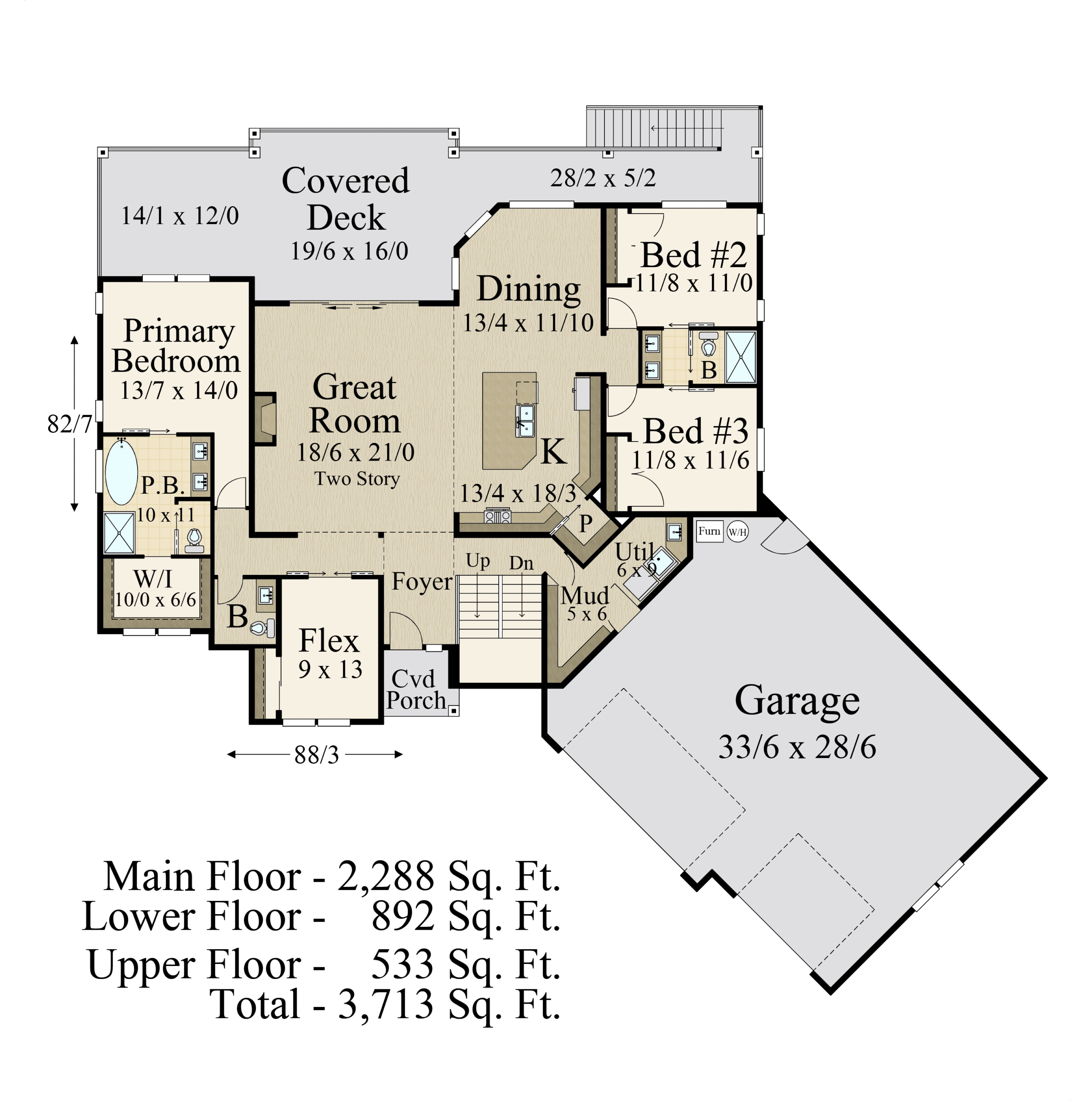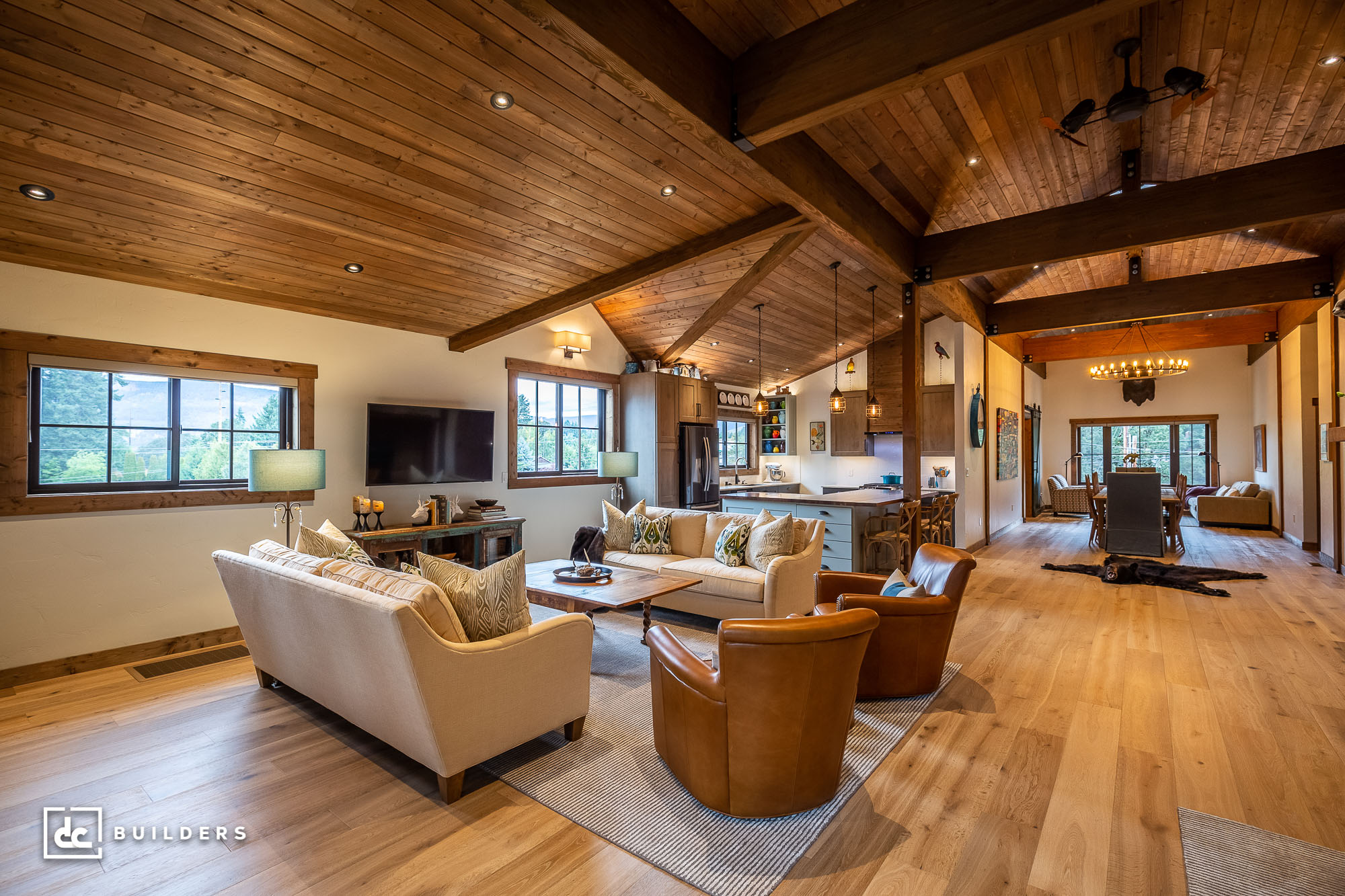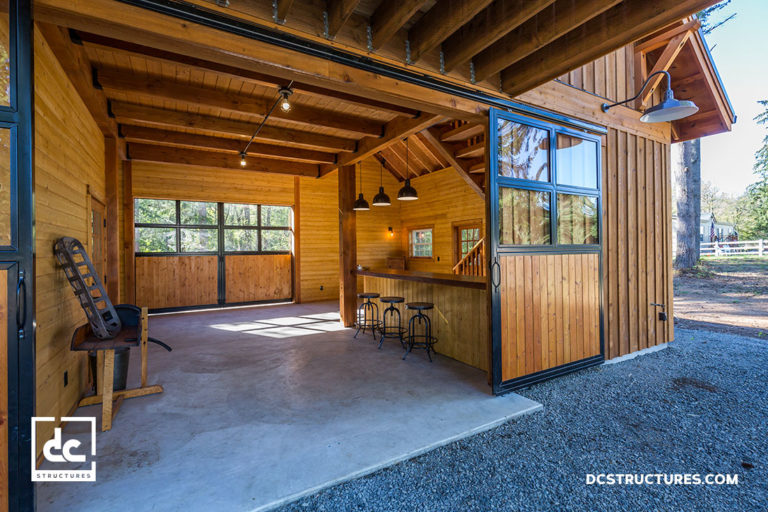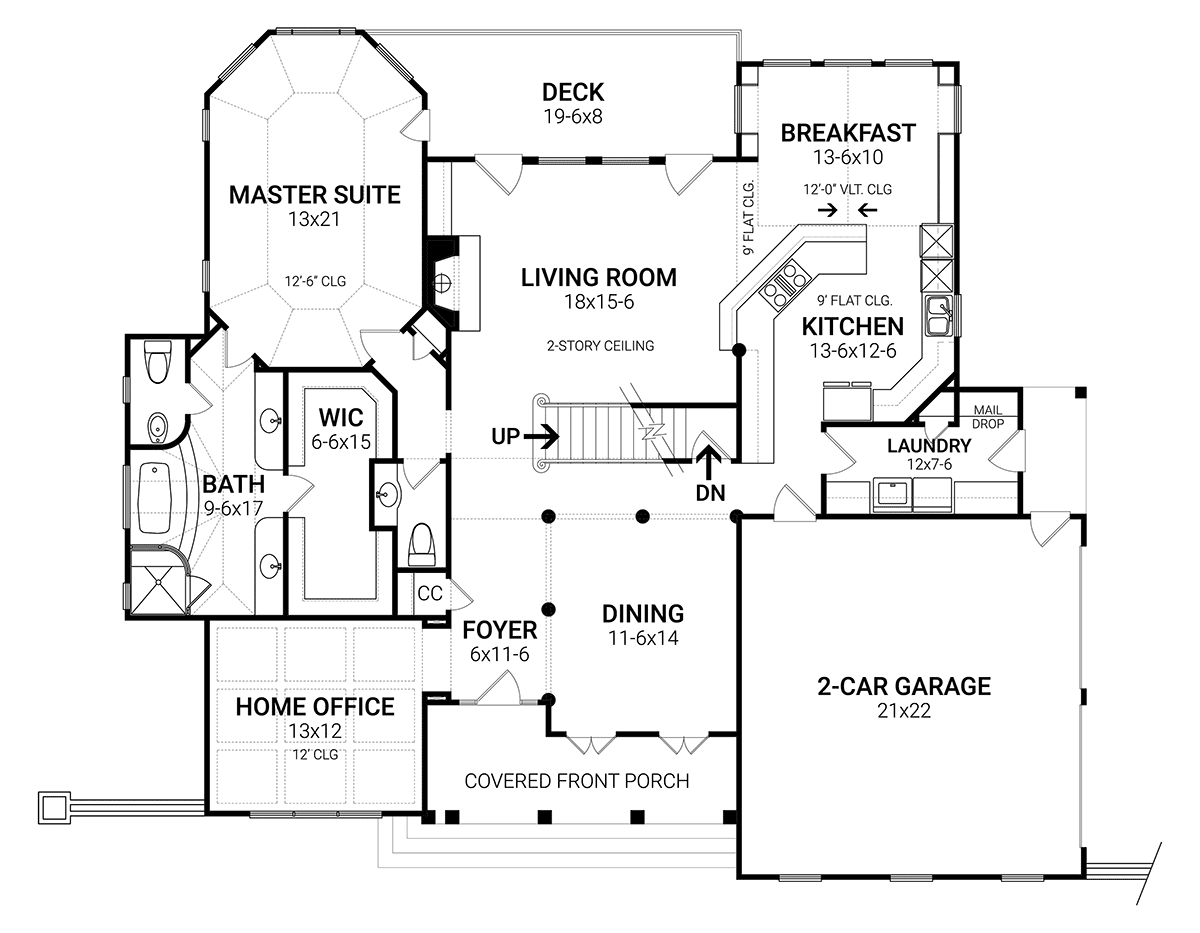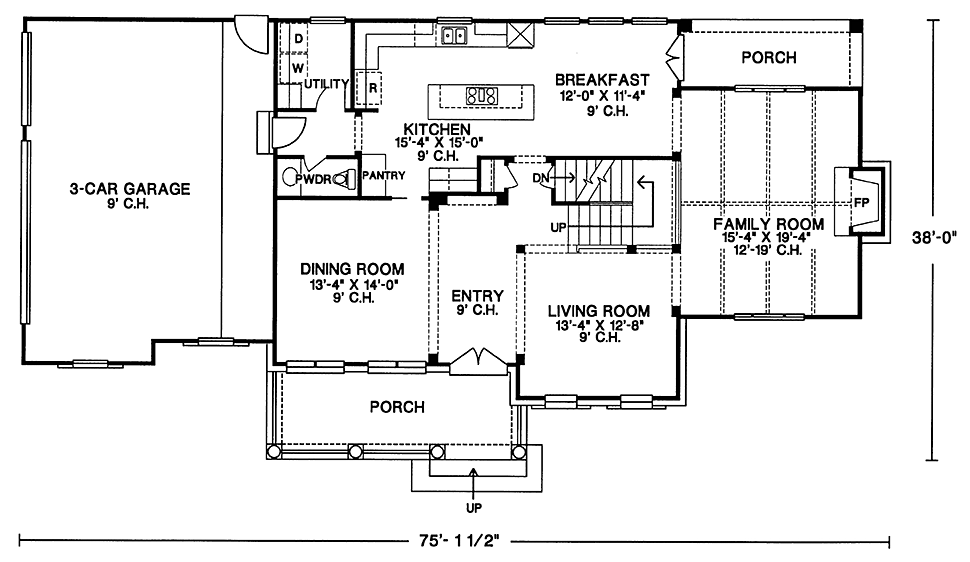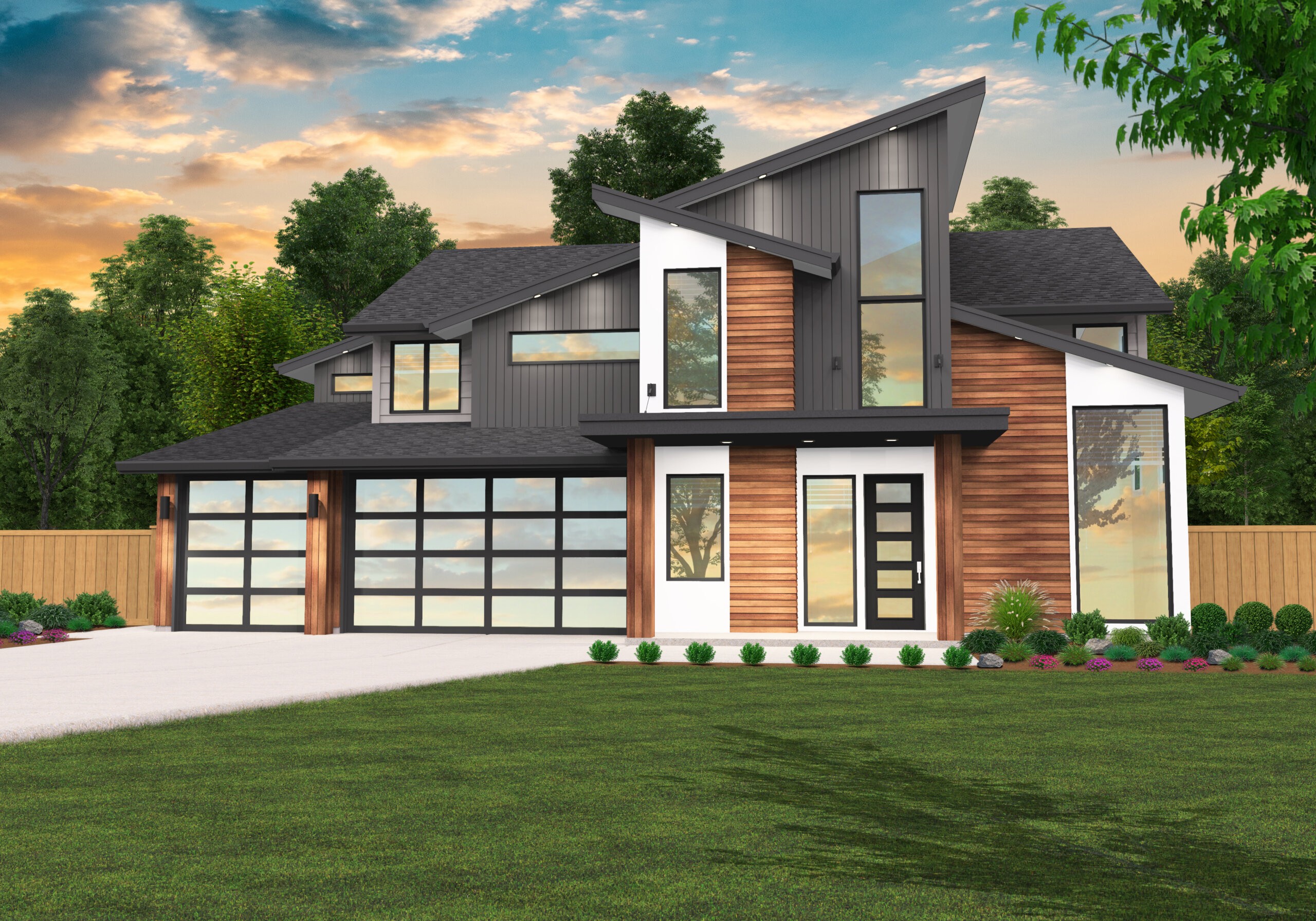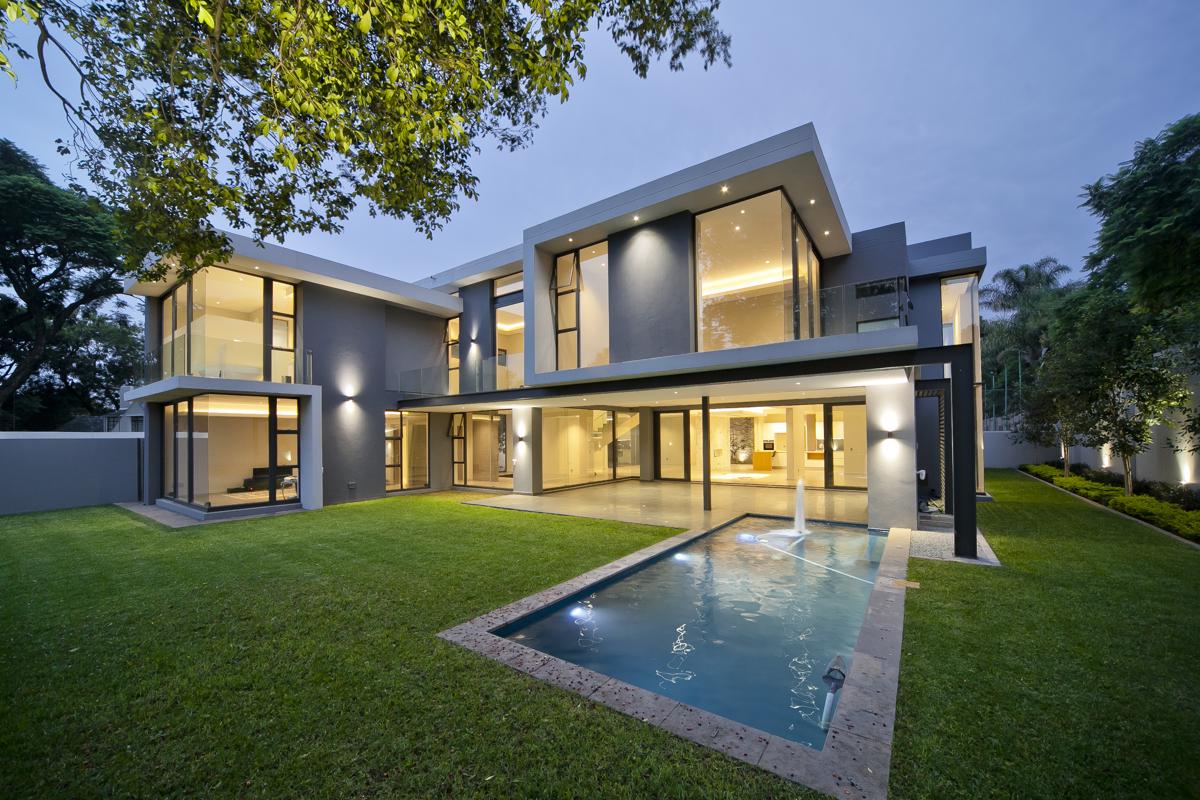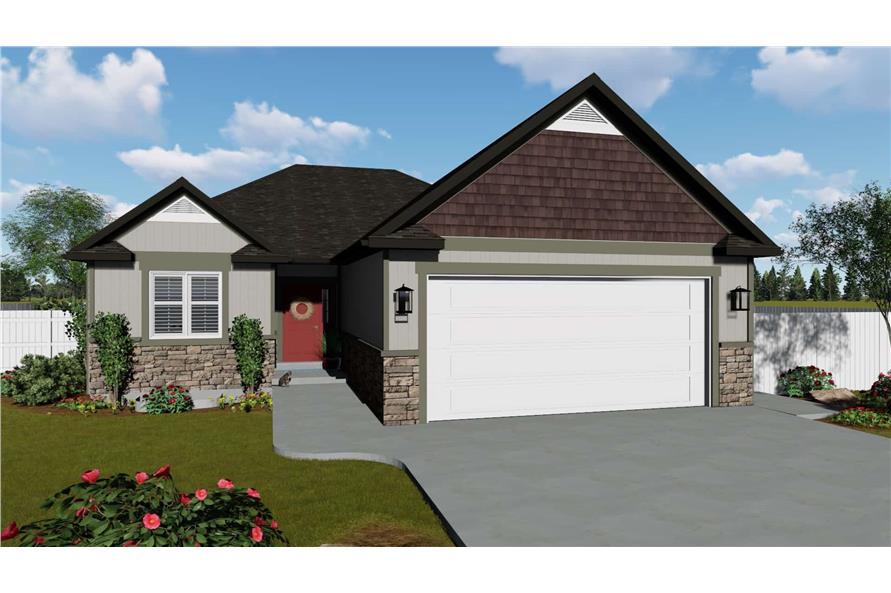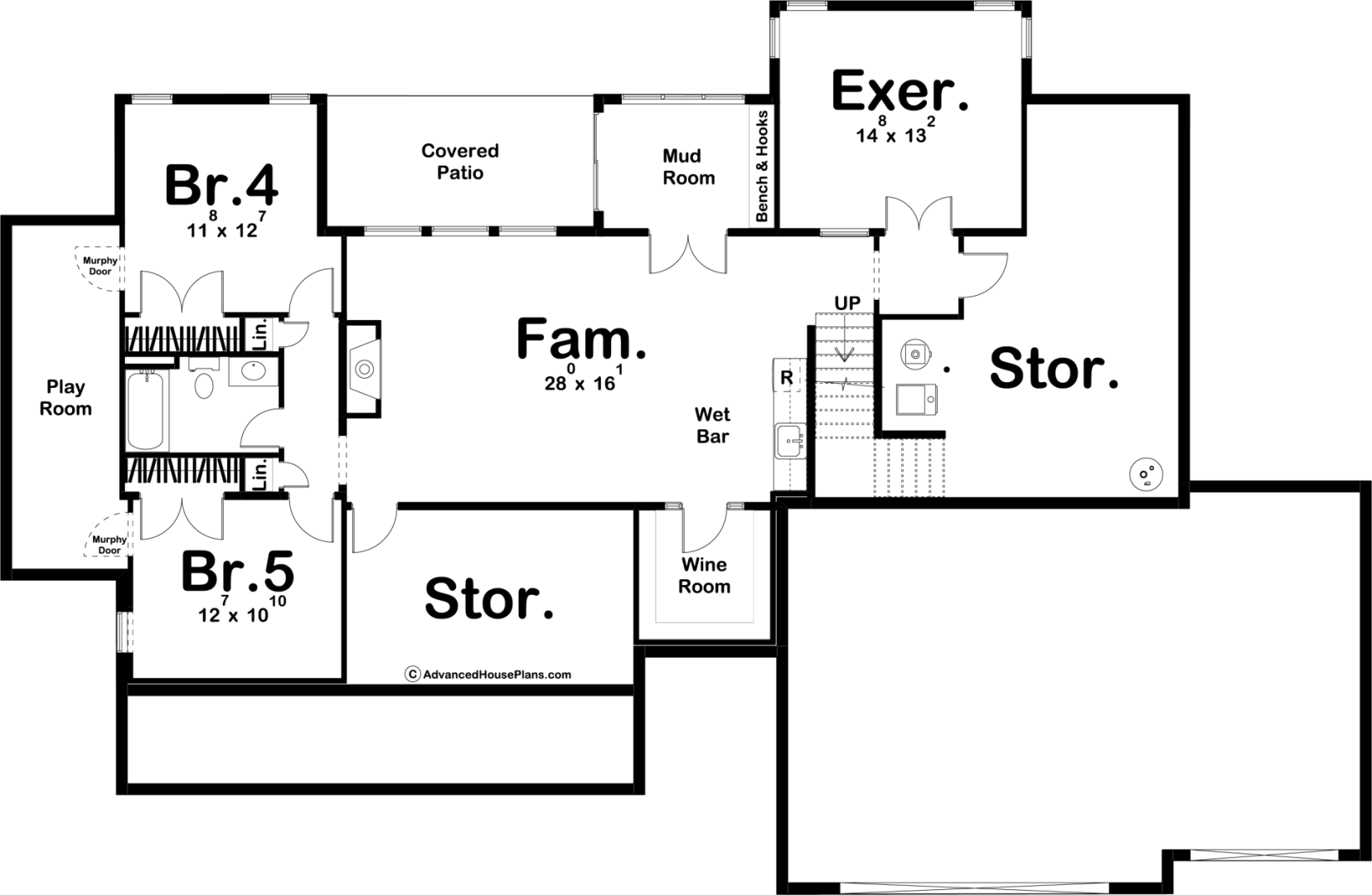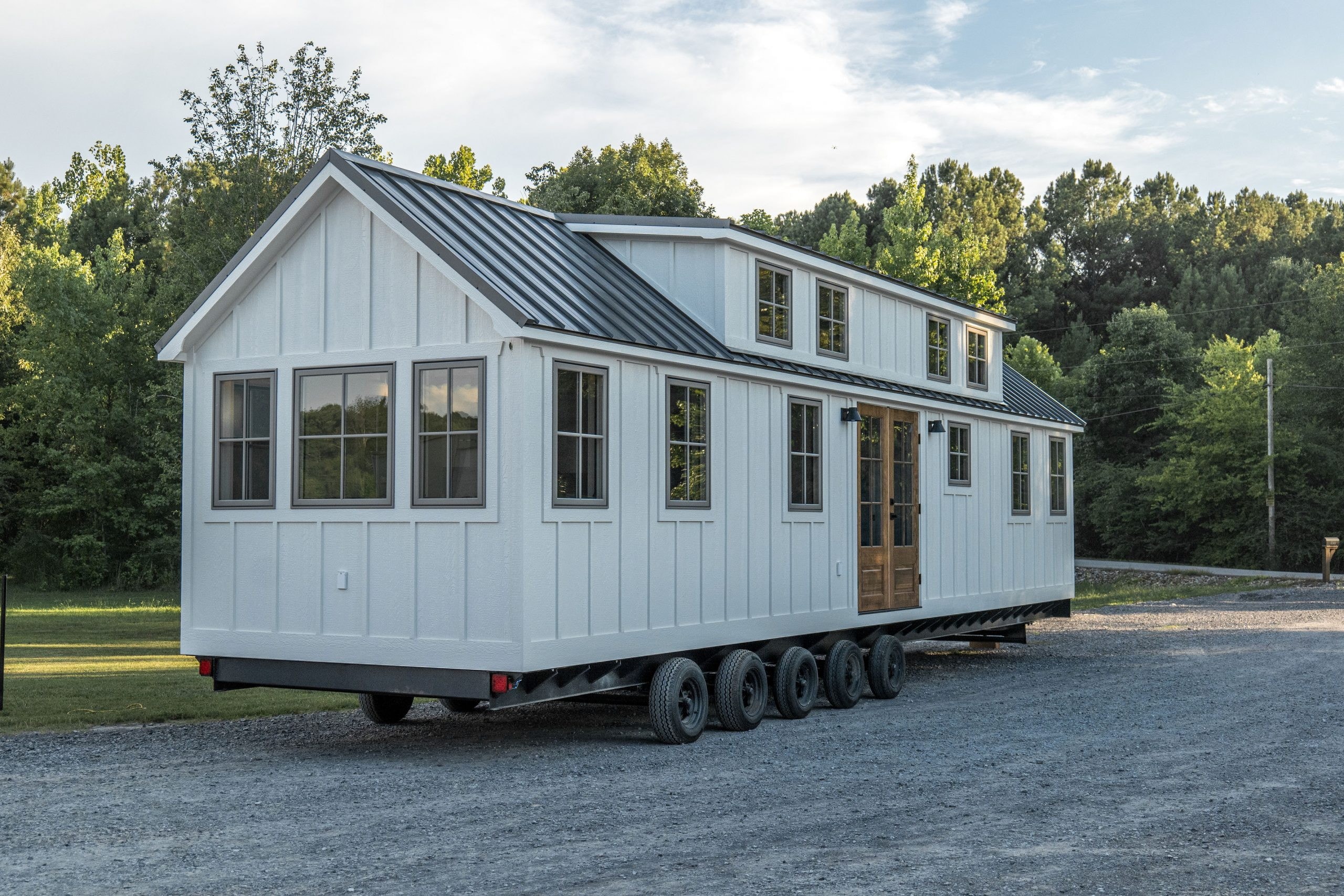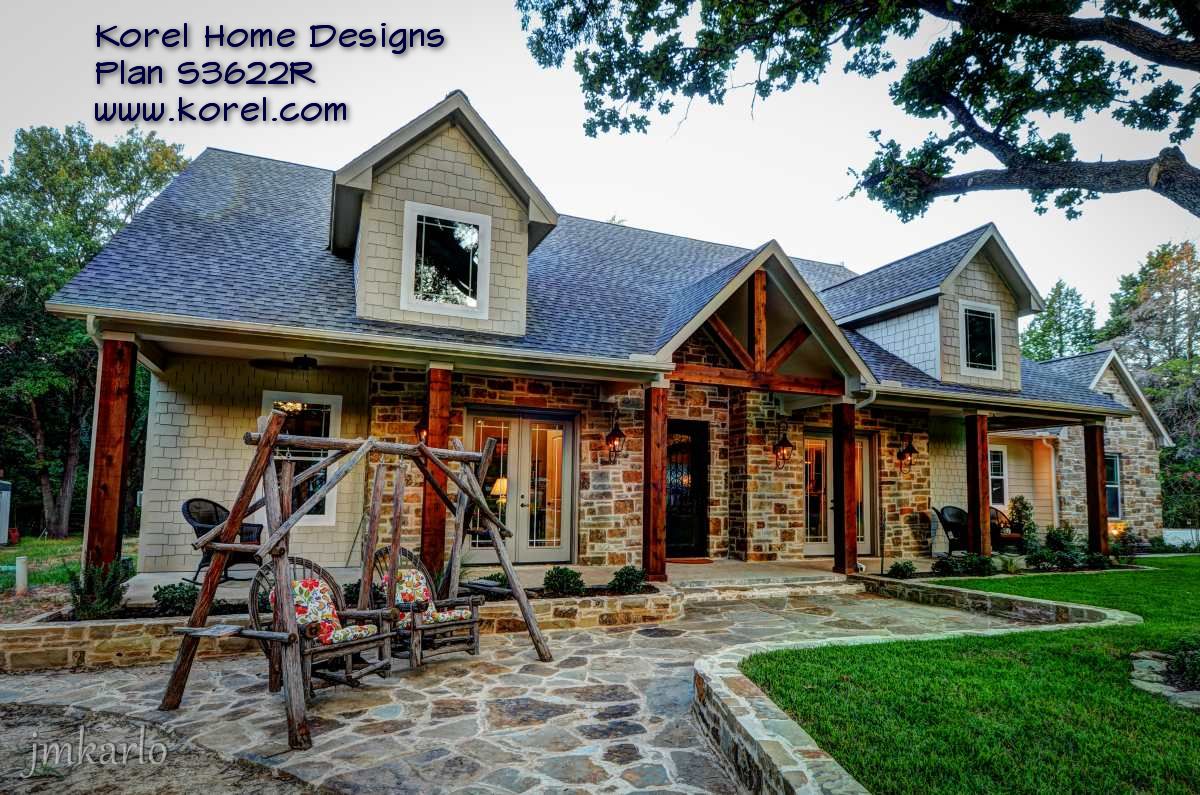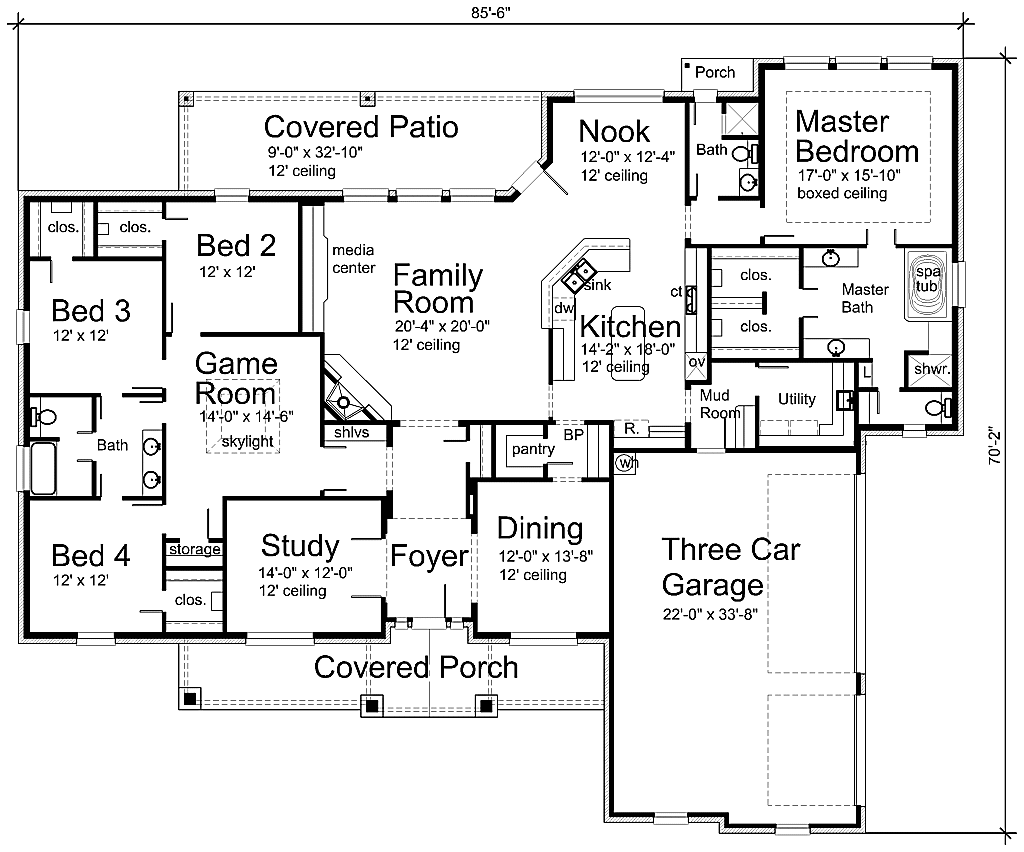Home Building Blueprints: Your Guide to Creating a Dream Home
Related Articles: Home Building Blueprints: Your Guide to Creating a Dream Home
- Simple Ranch Style Floor Plans: A Guide To Creating A Functional And Inviting Home
- How To Create A Blog Post That Drives Action And Showcases The Value Of Your Home Building Plans
- Home Floor Plans And Photos: A Guide To Visualizing Your Dream Home
- Tiny Homes 3 Bedroom 2 Bath: A Comprehensive Guide To The Value, Benefits, And Urgency
- Garage Living Quarters: A Comprehensive Guide To Transforming Your Garage Into A Livable Space
Introduction
With enthusiasm, let’s navigate through the intriguing topic related to Home Building Blueprints: Your Guide to Creating a Dream Home. Let’s weave interesting information and offer fresh perspectives to the readers.
Table of Content
- 1 Related Articles: Home Building Blueprints: Your Guide to Creating a Dream Home
- 2 Introduction
- 3 Video about Home Building Blueprints: Your Guide to Creating a Dream Home
- 4 Home Building Blueprints: Your Guide to Creating a Dream Home
- 4.1 The History of Home Building Blueprints
- 4.2 Benefits of Home Building Blueprints
- 4.3 Key Pain Points of Homeowners
- 4.4 Advantages of Home Building Blueprints
- 4.5 Disadvantages of Home Building Blueprints
- 4.6 Summary of Home Building Blueprints
- 4.7 Q&As
- 4.8 Conclusion
- 4.9 Closing Statement
- 5 Closure
Video about Home Building Blueprints: Your Guide to Creating a Dream Home
Home Building Blueprints: Your Guide to Creating a Dream Home

Introduction
Embarking on the journey of homeownership is an exciting yet daunting endeavor. Amidst the myriad decisions that need to be made, understanding home building blueprints is paramount. These blueprints serve as the roadmap for your dream home, providing a visual representation of its design, layout, and specifications. Join us as we delve into the world of home building blueprints, exploring their history, benefits, and how they can empower you to create a home that truly reflects your vision.
The History of Home Building Blueprints
The origins of home building blueprints can be traced back to ancient Egypt, where architects used papyrus scrolls to document building plans. Over time, parchment and vellum replaced papyrus, and the use of blueprints became widespread in the 19th century with the advent of the blueprint machine. Today, digital blueprints have revolutionized the industry, offering architects and homeowners alike greater flexibility and accessibility.
Benefits of Home Building Blueprints
-
Clear Communication: Blueprints provide a precise and detailed visual representation of your home’s design, ensuring that everyone involved in the construction process has a clear understanding of the project’s scope and requirements.
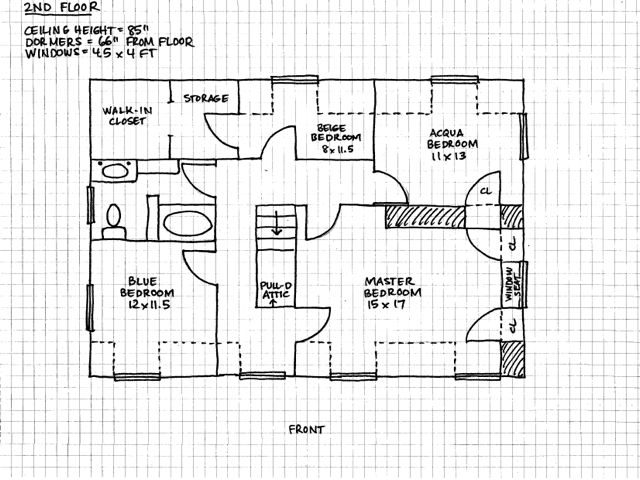
Accurate Construction: By following the blueprints meticulously, builders can construct your home with precision, reducing the risk of errors and ensuring that the final product aligns with your expectations.
-
Cost Control: Blueprints allow you to visualize the project’s materials and labor requirements, enabling you to make informed decisions and manage costs effectively.
-
Efficient Planning: Blueprints facilitate efficient planning by providing a comprehensive overview of the project’s timeline, milestones, and dependencies.
-
Future Modifications: Having a set of blueprints on hand makes it easier to plan future renovations or additions, ensuring that any changes are made in a way that maintains the home’s integrity.

Key Pain Points of Homeowners
-
Lack of Understanding: Many homeowners lack a clear understanding of home building blueprints, which can lead to confusion and miscommunication during the construction process.
-
Inaccurate Blueprints: Inaccurate or incomplete blueprints can result in costly errors and delays, causing frustration and inconvenience for homeowners.
-
Communication Barriers: Poor communication between homeowners and builders can lead to misunderstandings and disputes, highlighting the need for clear and detailed blueprints.
-
Cost Overruns: Unforeseen costs can arise due to changes or errors in the blueprints, putting a strain on the homeowner’s budget.
-
Delays: Inaccurate or incomplete blueprints can lead to construction delays, prolonging the project’s timeline and causing inconvenience for homeowners.
Advantages of Home Building Blueprints
-
Visualization: Blueprints provide a visual representation of your home’s design, allowing you to visualize the layout, dimensions, and relationships between different spaces.
-
Customization: Blueprints enable you to customize your home to meet your specific needs and preferences, ensuring that it reflects your unique style and requirements.
-
Accuracy: Professional blueprints are meticulously drawn to scale, ensuring accuracy and precision in the construction process.
-
Cost Savings: By identifying potential issues and errors early on, blueprints can help avoid costly mistakes and rework during construction.
-
Time Savings: Blueprints facilitate efficient planning and coordination, minimizing delays and expediting the construction process.
Disadvantages of Home Building Blueprints
-
Complexity: Blueprints can be complex and difficult to understand for homeowners who lack experience in reading technical drawings.
-
Cost: Professional blueprints can be expensive, especially for larger or complex projects.
-
Changes: Changes to the blueprints during construction can be costly and time-consuming, requiring revisions and potential re-engineering.
-
Accuracy: While blueprints are generally accurate, errors can occur, leading to potential issues during construction.
-
Interpretation: Different contractors may interpret blueprints differently, leading to variations in the final construction outcome.
Summary of Home Building Blueprints
Home building blueprints are detailed drawings that provide a visual representation of a home’s design, layout, and specifications. They are essential for ensuring clear communication, accurate construction, cost control, and efficient planning. While blueprints offer advantages such as visualization, customization, and accuracy, they can also present challenges such as complexity, cost, and potential for errors.
Q&As
-
What is the difference between a blueprint and a floor plan?
A floor plan is a two-dimensional drawing that shows the layout of a single floor of a building, while a blueprint is a more comprehensive set of drawings that includes multiple floor plans, elevations, sections, and details.
-
Who creates home building blueprints?
Home building blueprints are typically created by architects or architectural designers.
-
How can I read home building blueprints?
Understanding blueprints requires some training and experience. You can consult with an architect or contractor for assistance in interpreting them.
-
Can I make changes to home building blueprints?
Yes, changes can be made to blueprints, but it is important to consult with an architect or contractor to ensure that the changes are feasible and do not compromise the structural integrity of the home.
-
What is the cost of home building blueprints?
The cost of home building blueprints varies depending on the size and complexity of the project. It is recommended to get quotes from multiple architects or architectural designers.
Conclusion
Home building blueprints are indispensable tools for homeowners embarking on the journey of building their dream home. By providing a clear and detailed roadmap for the construction process, blueprints ensure that your vision is realized with precision and accuracy. Understanding the advantages and disadvantages of blueprints empowers you to make informed decisions and navigate the complexities of home building with confidence. Embrace the power of blueprints and let them guide you towards creating a home that truly reflects your unique style and aspirations.
Closing Statement
As you embark on the exciting adventure of home building, remember that home building blueprints are your trusted companions. They will guide you through every step of the process, ensuring that your dream home is constructed with the utmost precision and care. Embrace the blueprints, and let them be the foundation upon which you build your legacy.
[P32]
[P33]
[P34]
Closure
Thus, we hope this article has provided valuable insights into Home Building Blueprints: Your Guide to Creating a Dream Home. We hope you find this article informative and beneficial. See you in our next article!



